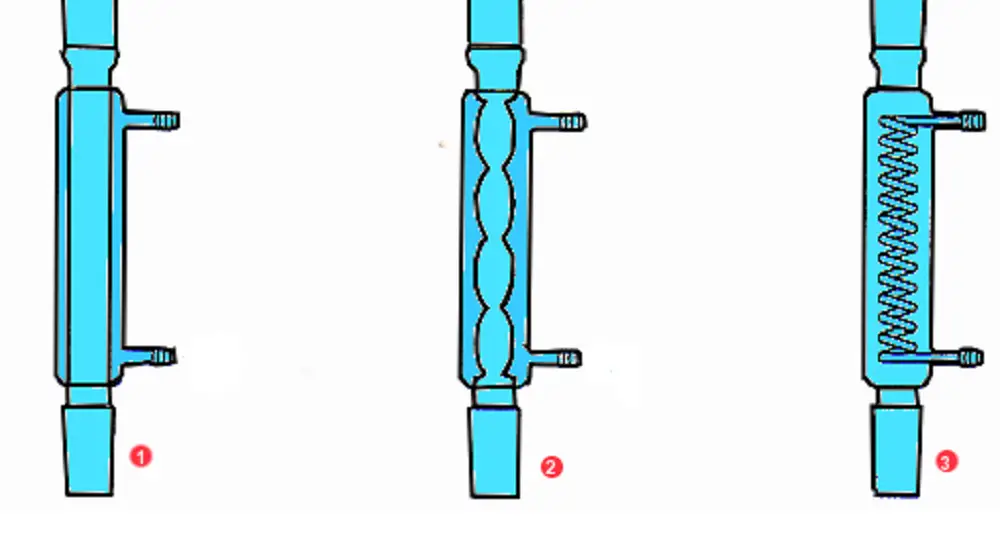Ever felt the refreshing blast of an air conditioner on a sweltering day? Well, R refrigerant, or as it’s more formally known, R-22, plays a huge part in that cool comfort. But here’s the twist: despite its effectiveness in cooling our homes and workplaces, R refrigerant is on its way out due to environmental concerns. In this article, we’re going on a deep dive into everything you need to know about this ubiquitous substance.

Table of Contents
What is R Refrigerant?
Understanding Refrigerants
Imagine your car without fuel or your phone without a battery – pretty useless, right? Similarly, refrigerants are the lifeblood of any cooling system. They absorb, transport, and release heat, enabling your AC to do its job.
The Specifics of R Refrigerant
R-22 isn’t just any refrigerant. It’s a specific type, known as a Hydrochlorofluorocarbon (HCFC). What makes it special? It’s got a superpower, the ability to absorb and release more heat compared to many other refrigerants, which makes it a pretty efficient player in the cooling game.
The Use of R Refrigerant
Common Applications of R Refrigerant
You’d be surprised where you might find R-22 in action. From domestic AC units and commercial chillers to even industrial cooling applications – it’s like the secret ingredient in your grandma’s famous recipe, present but unnoticeable.
The Role of R Refrigerant in Air Conditioning Systems
Ever noticed how ACs create a mini Arctic winter indoors while it’s a Sahara summer outside? That’s the magic of R-22. It basically absorbs the heat from indoors and releases it outdoors, helping maintain a pleasant temperature inside.
Environmental Impact of R Refrigerant
Ozone Depletion and Global Warming Potential
Remember that hole in the ozone layer everyone was talking about a few decades ago? Yep, R-22 is partially responsible for that. And that’s not all. It also has a high Global Warming Potential (GWP), which is why it’s being shown the exit door.
Regulations on R Refrigerant
From international bodies like the United Nations to local governments, numerous regulations are phasing out R refrigerant. As per the U.S. Environmental Protection Agency, its production and import was reduced in 2020 and will be completely phased out by 2030. It’s not just a suggestion; it’s a rule now.
Phasing Out of R Refrigerant
Reasons for the Phase-Out
Why kick out something that works so well? Because we have to think about tomorrow, folks! The environmental impact of R refrigerant is like a time bomb, and if we don’t act now, future generations will bear the brunt. That’s why the phase-out is more of a necessity than a choice.
Impact of the Phase-Out on Existing Systems
If your AC uses R-22, it’s like owning a cassette player in the age of streaming. You can still use it, but future repairs and maintenance could be a challenge due to the unavailability of R-22. It’s like a ticking clock, folks!
Read more in-depth articles on refrigerants here – Articles on Refrigerants: The Ultimate Guide to Understanding Them
Alternatives to R Refrigerant
Evaluation of R Refrigerant Alternatives
So, what’s next after R-22? There are several alternatives, each with its own pros and cons. Let’s check them out, shall we?
Hydrofluorocarbons (HFCs)
These are like the new kids on the block in the refrigerant world. HFCs, such as R-410A, are quite efficient and have no ozone depletion potential. But they’re not perfect, their GWP is still a matter of concern.
Natural Refrigerants
Then we have natural refrigerants like ammonia and carbon dioxide. They’re like Mother Nature’s own air conditioning agents. They’ve got low GWP and are highly efficient. But they’re not without drawbacks. Ammonia, for instance, is pretty toxic and flammable.
Transitioning from R Refrigerant to Alternatives
Switching from R-22 to its alternatives might feel like learning to use a new smartphone, a little challenging at first but not impossible. You might need to upgrade your system or make some modifications. A word to the wise, always consult with a professional.
Conclusion
The story of R refrigerant is a lesson for us all: a reminder that not all that glitters is gold. Despite its effectiveness, the environmental cost is too high. As we bid goodbye to R refrigerant, let’s welcome its alternatives, remembering that progress is a continual journey, not a destination.